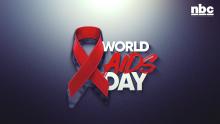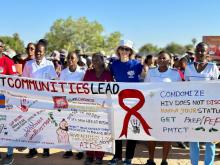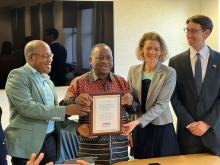Hardap Governor marks historic Women's Day Celebration in Stampriet
Breadcrumb
Hardap Governor Salomon April highlighted the significance of this year’s International Women’s Day, coinciding with the election of Netumbo Nandi-Ndaitwah as Swapo’s first female president.
He spoke at the Women’s Day celebration in Stampriet Village.











